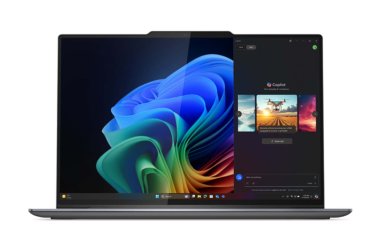Africa’s smartphone revolution is showing signs of a slowdown, according to the latest figures compiled by International Data Corporation (IDC).

The continent’s smartphone market totalled 95.37 million units in 2016. While this is up 3.4 percent year on year, it represents a considerable deceleration from the double-digit growth rates seen in the previous two years, with demand being hampered by the currency fluctuations that are affecting the continent.
“Africa has always been a tough market for mobile phone companies to crack, and in 2016 that challenge got even harder,” says Simon Baker, program director for mobile devices at IDC CEMA. “Many African economies struggled throughout 2016, and this had an inevitable knock-on effect on the smartphone market, which had previously experienced a very strong 2015. It was a particularly tough year in Nigeria, with the devaluation of the naira causing a drop in confidence in the distribution channel. While North African markets saw an increase in overall handset shipments in 2016, the pace of growth slowed year on year due to exchange-rate fluctuations in Egypt and security issues in Algeria.”
Overall, 215.33 million mobile handsets were shipped in Africa during 2016, up 10.1 percent on the previous year. Samsung continued to lead the African smartphone market in 2016, largely through a reworked product portfolio that now includes more mid- to low-range models. The second-placed smartphone vendor was Transsion, widely known throughout Africa via its itel, Infinix, and Tecno brands.
Chinese vendors have been showing more interest in the African market in recent quarters and expanding into new countries. However, this expansion strategy is delivering mixed results across the continent. Of the big international Chinese vendors, Huawei posted year-on-year shipment growth to remain as Africa’s number-three smartphone vendor in 2016, while Lenovo saw flat growth and ZTE and Alcatel both suffered slight declines.





